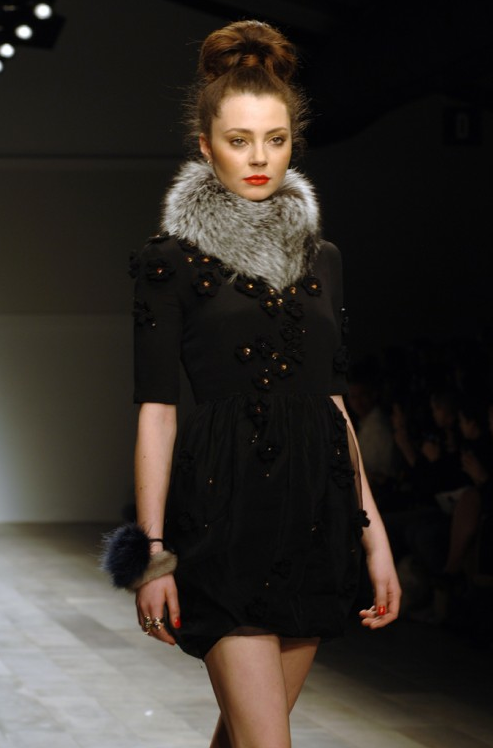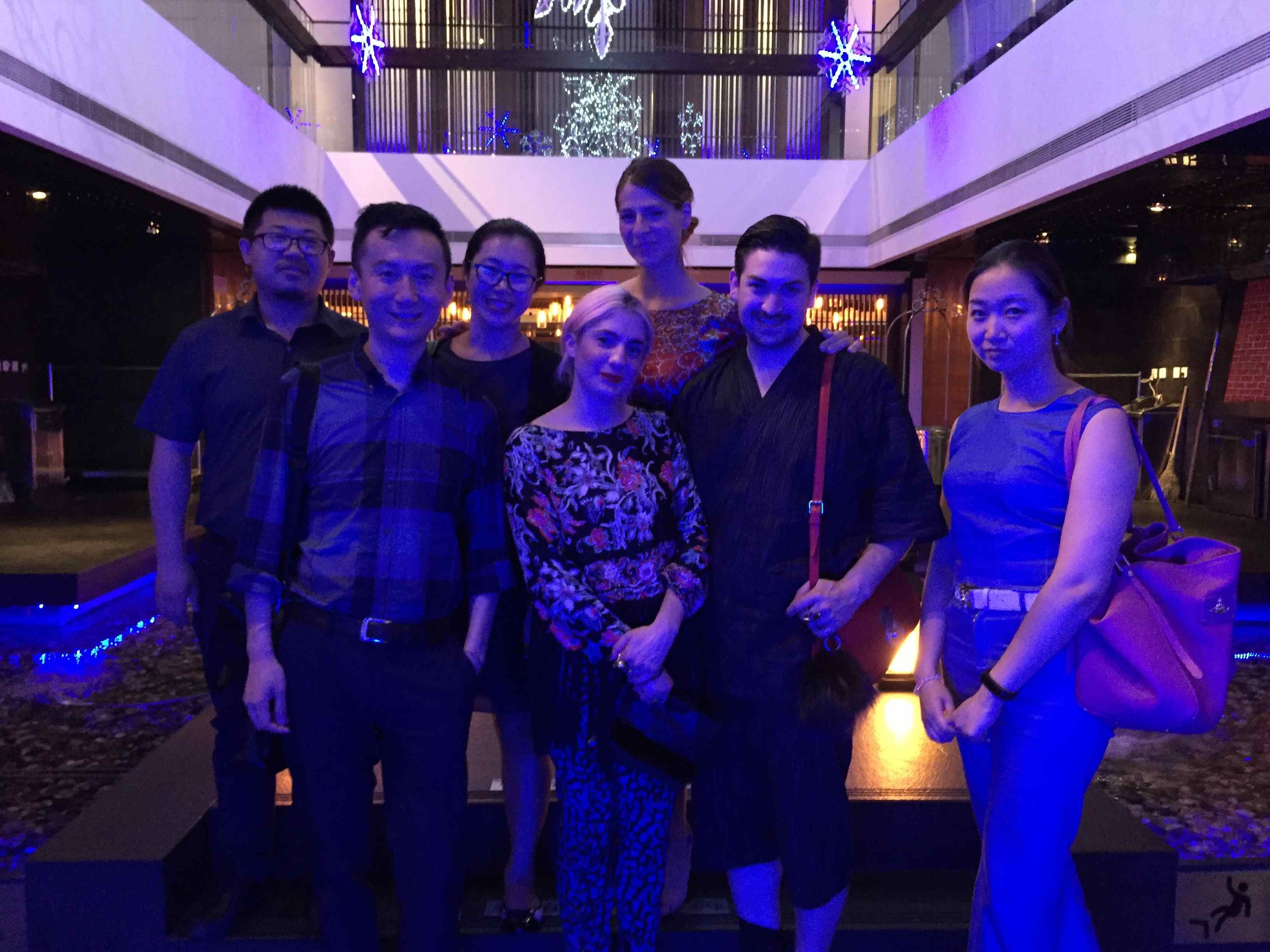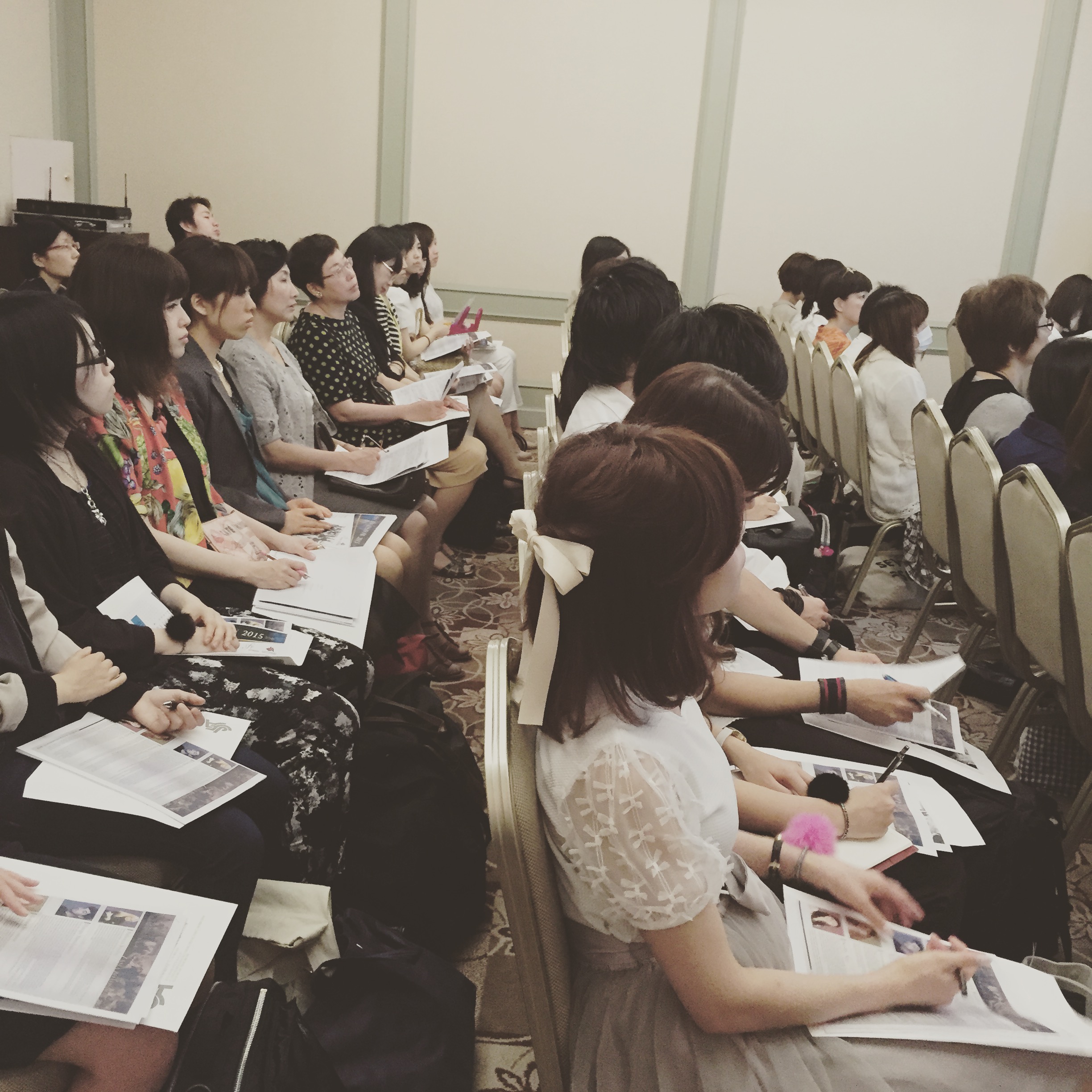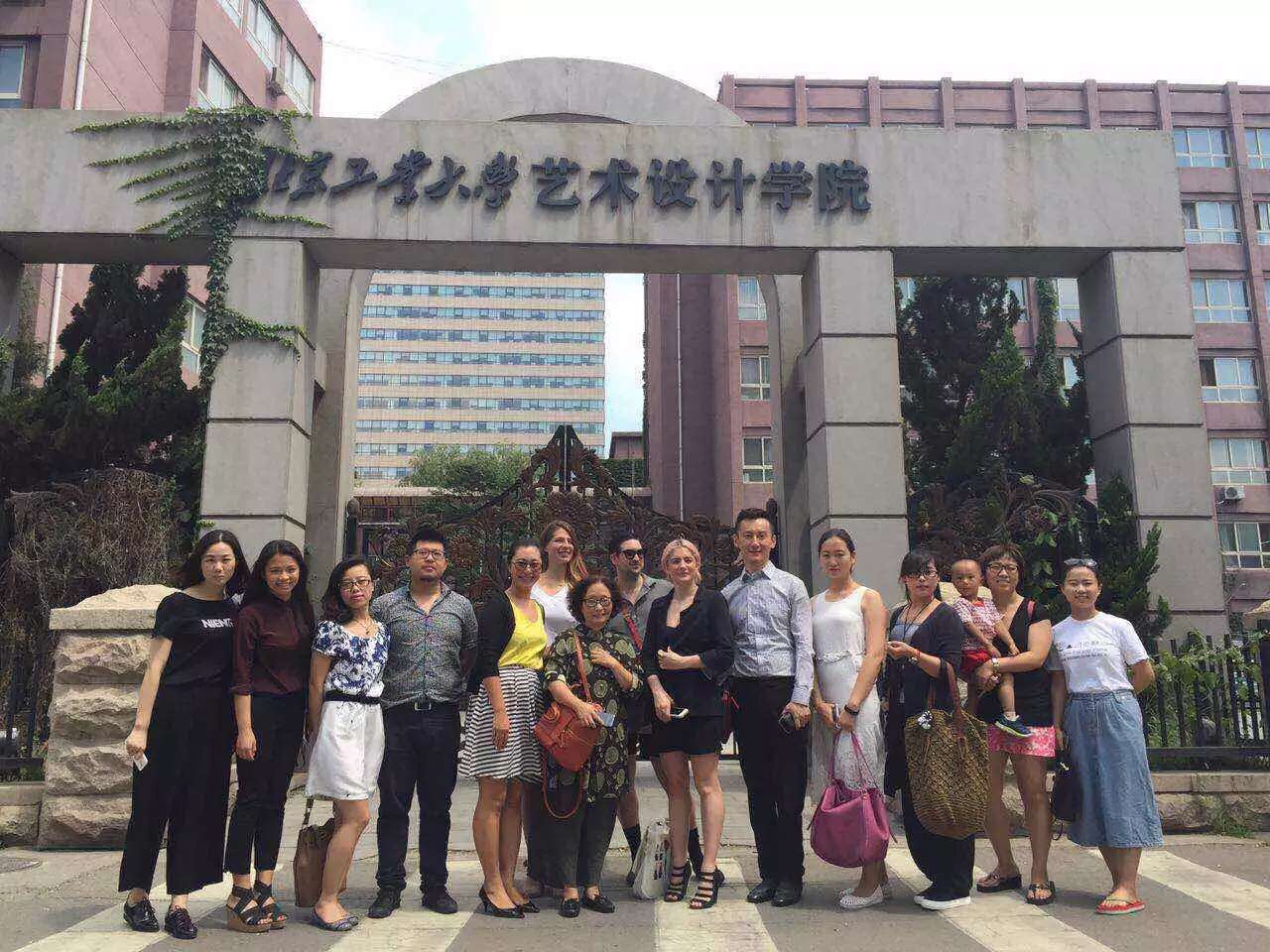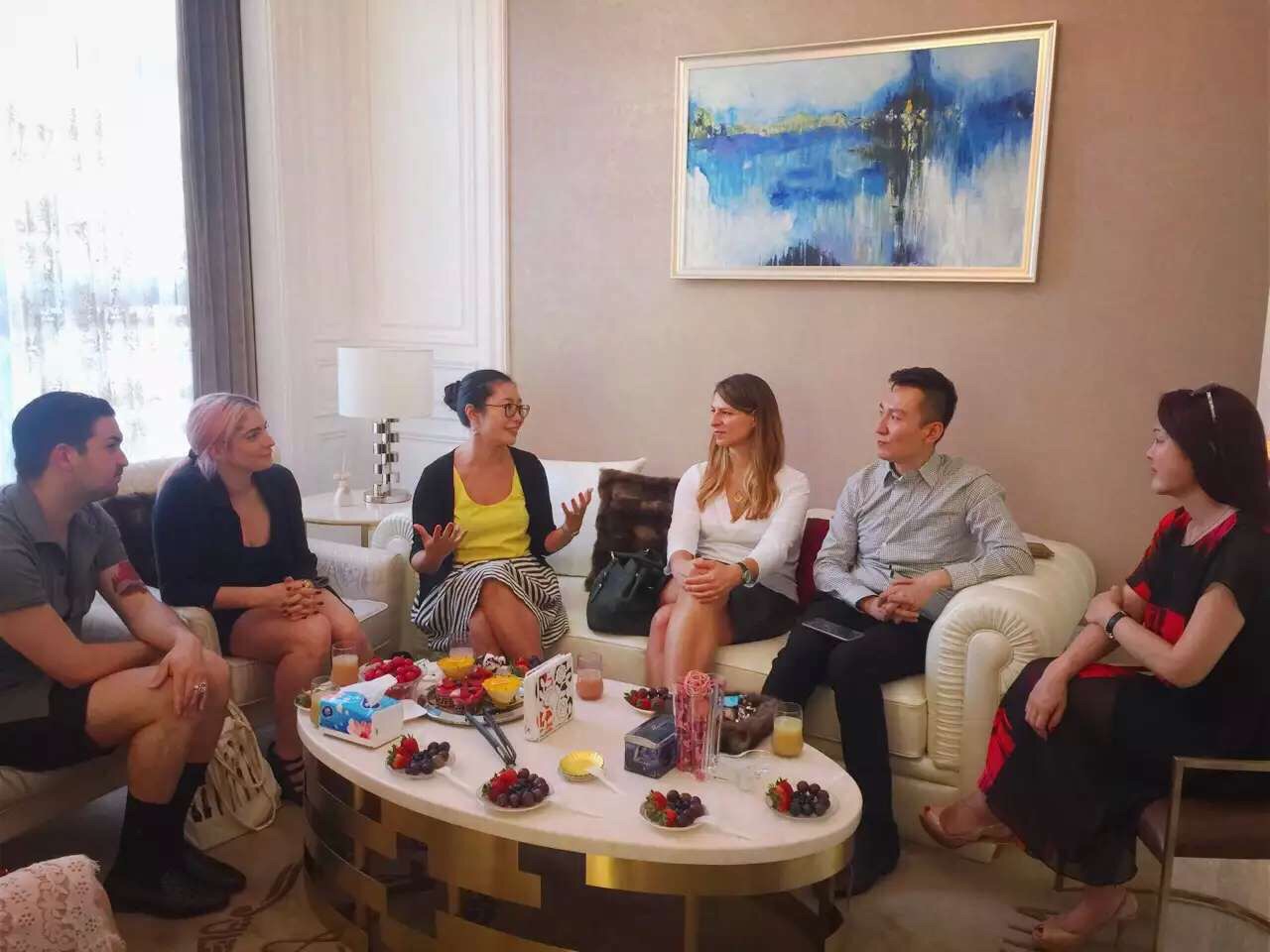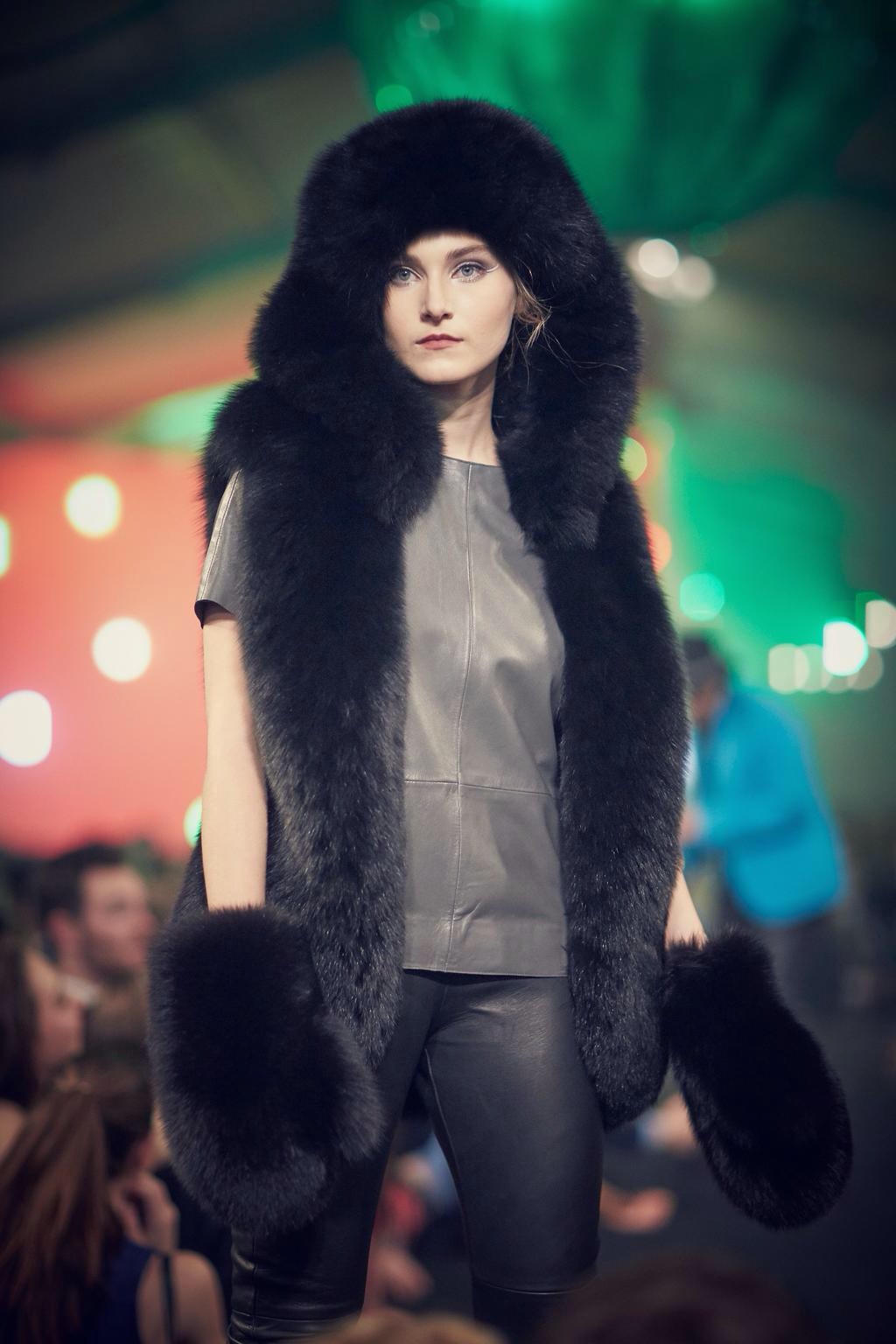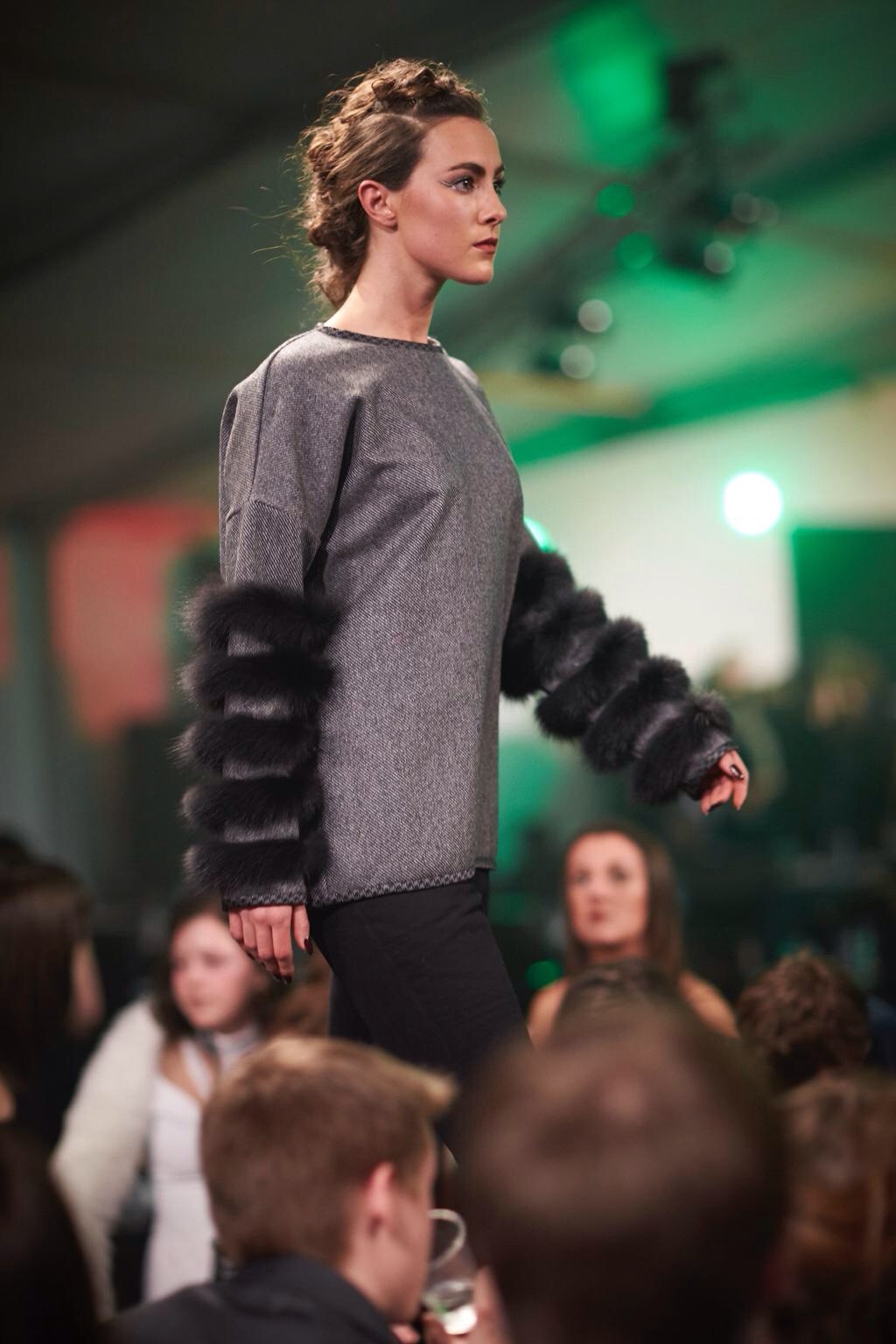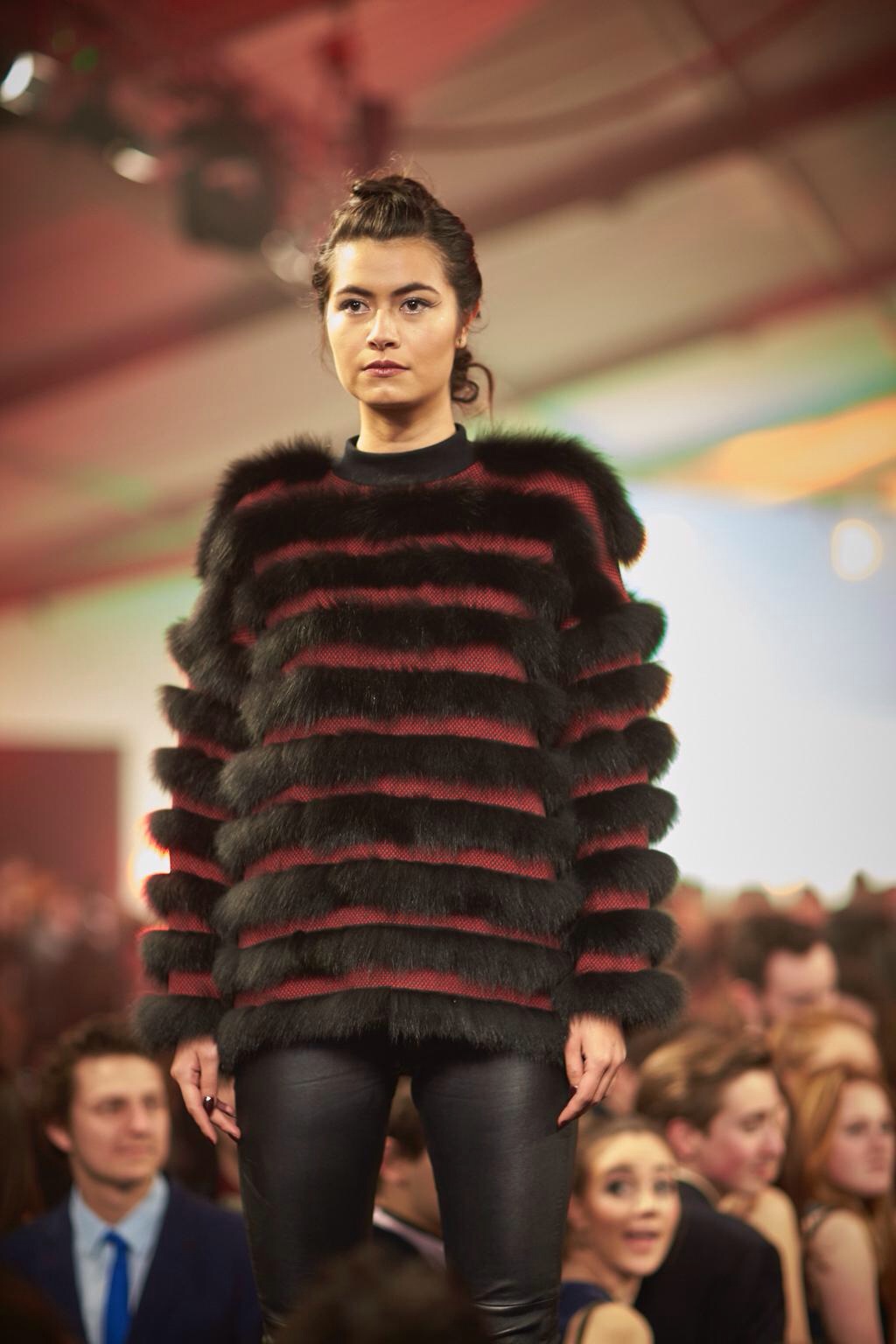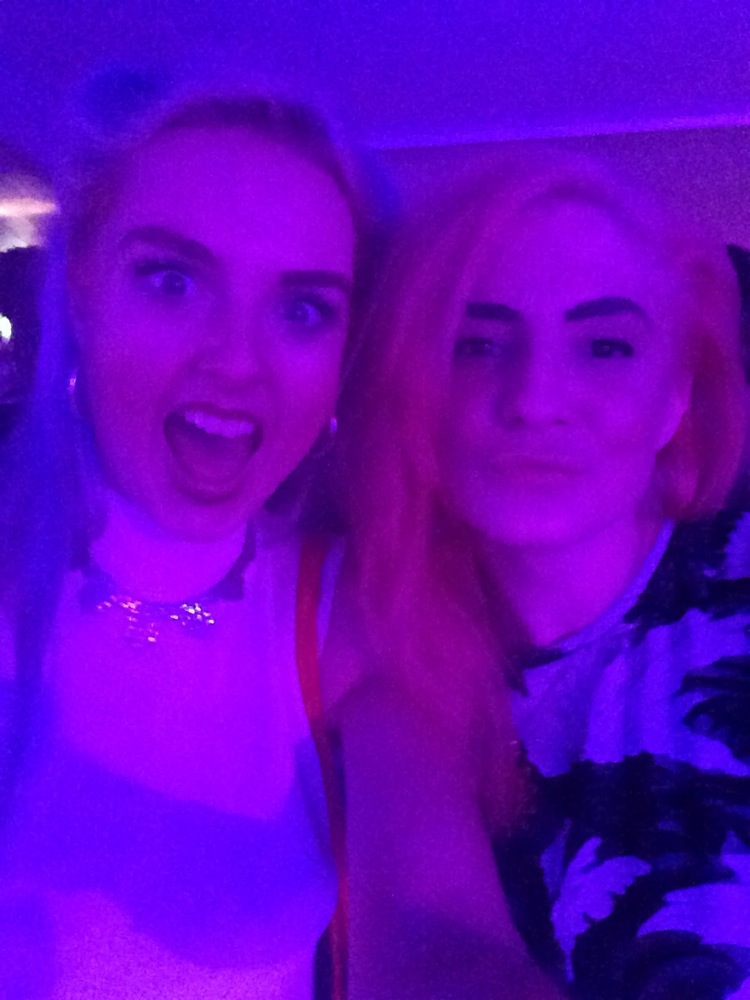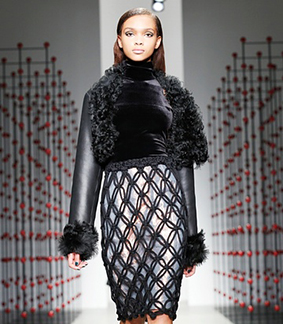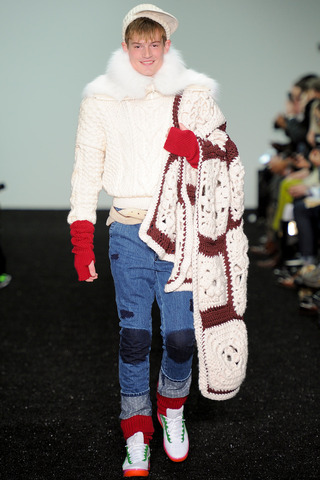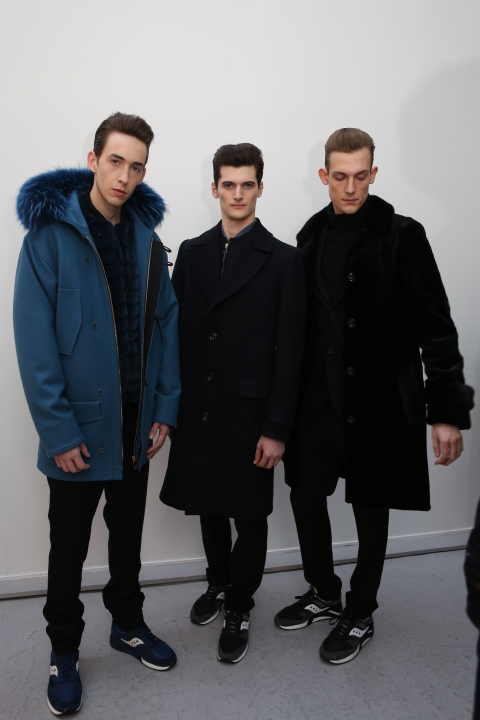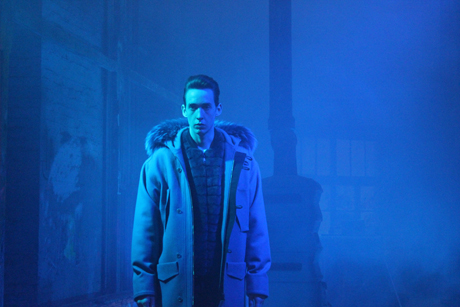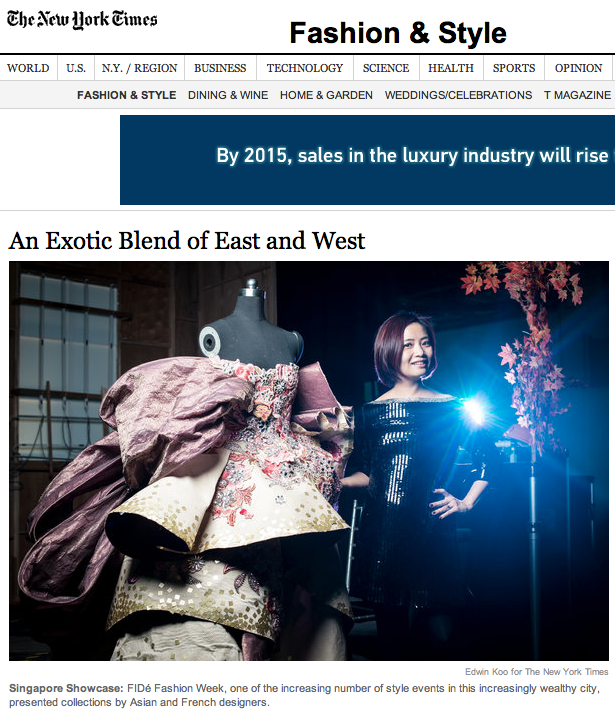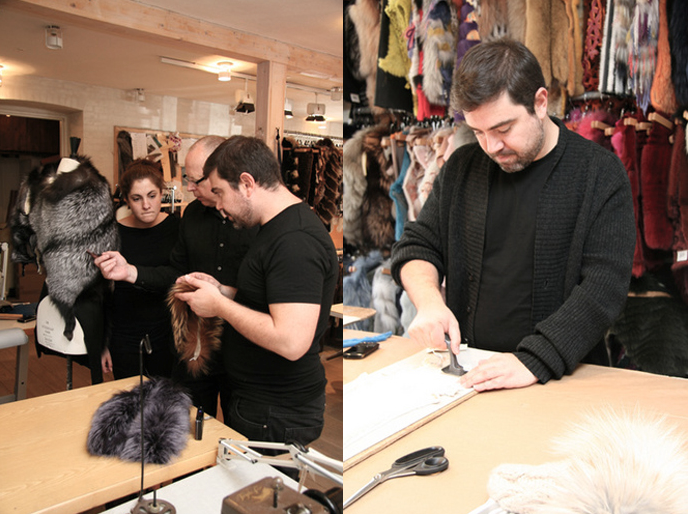SINGAPORE — The backdrop was a Parisian boulevard, and the catwalk was lined with fake trees in autumnal colors. But the electricity in the air was all Singapore.
FIDé Fashion Week 2013, presented by the Shoppes at Marina Bay Sands, displayed the work of 10 Asian and four French designers over an 11-day schedule in mid-October. Frank Cintamani, chairman and founder of the three-year-old event, says he has created Asia’s only complete fashion event, with shows displaying men’s and women’s ready-to-wear as well as couture. And the week’s atmosphere is very different from that found at other fashion gatherings, Mr. Cintamani stressed. Elsewhere, he said, “You don’t get other designers sitting in the front row, supporting one another. You don’t get them going to the back room, helping them hem a dress two minutes before the show starts.”
According to Forbes.com, Singapore is now the world’s fastest growing wealth hub, and fashion is taking advantage. In addition to the FIDé week, the city-state also is host to the Audi Fashion Festival, which marked its fifth year in May, and Digital Fashion Week, a live-streamed event in early November that allows immediate online purchasing.
The FIDé week offered five men’s and four women’s prêt-à-porter shows, among them a one-hour presentation by Guo Pei, one of China’s best-known designers.
She said her “1002 Nights” collection was inspired by the tales in “The Arabian Nights” and a trip to Iran that left her in awe of its culture and history. One style was a short, sculptural purple dress with a green bodice, styled with sharp rings, necklaces and high platform shoes — representing, the designer said, the courage, personality and fearlessness of youth.
Even in rehearsal it was fascinating to watch the models pose on the 15-centimeter, or six-inch, platforms. Huang Chao Yan, a Chinese model, said: “It’s hard to balance. They are not a flat surface, and they move, so it’s difficult not to knock them together and hard to make them walk in a straight line.” Ms. Pei said the shoes reflected the shapes used in the Qing dynasty, which began in the mid-17th century. “The high heel in China is in the middle of the foot, not like on the heel in the Western way,” she explained.
A heavy kimono of rich greens, purples and golds was complimented by a geisha-style makeup designed by Romero Jennings, the makeup-artistry director at the MAC cosmetics company. It included long red eyelashes that he fashioned out of a metallic contact paper found in Korea.
Ms. Pei clearly loves her work, noting that “couture is very open. It touches people’s hearts. It’s an incredible art.”The Beijing designer noted that when she began her label in the 1980s, “no one knew traditional Chinese embroidery.” Now, she said, she employs 450 artisans, she has trained herself because “memories and skills have gone.”
Michael Cinco, a Filipino designer in Dubai, said he was inspired by matadors and flamenco dancers, the Alhambra Palace in Granada and the Alba Flamenca restaurant in Edinburgh. “Most of my collection is in reds, shades of reds; layers and layers of lace; blacks and beige,” the designer said from behind his trademark hide-the-eyes shades. His outfits included a matador-style jacket with sequin tassels, a blood-red lace cape, and a long beige dress with a high neck and long sleeves that had lace, tulle and crystal detailing. Mr. Cinco, whose clients include Lady Gaga and the Colombian actress Sofia Vergara, said he loved working with tulle “because I can put a different kind of provocation with a lot of details on it, and Swarovski crystals give drama, poetry and emotion to the wearer.”
The Indonesian designer Sebastian Gunawan’s “Mod Muse” show rocked to a riotous soundtrack that included music by the Rolling Stones, the Clash and the Sex Pistols. “Music works with the clothes to create and follow what modern women are,” he said. But, the designer added, “part of my dream is seeing when women feel like princesses, too” — like any women would in his beaded and embroidered long gown of midnight blue raw silk.
Yumi Katsura, one of Japan’s most prolific designers, surprised the audience with a short puff dress — embellished with Swarovski crystals running down the shoulders, arms and legs — that, with a pull on a ribbon, cascaded into a long gown.
And Lie Sang Bong, considered one of the most influential couturiers in South Korea, described his collection as “flowers blossoming explosively, like fireworks in a city.” He featured 1960s swirly print A-line dresses, mostly in black and white silk, which were set off by the models’ black nails.
Kenzo Takada, founder of the Kenzo fashion house, observed the Japanese designers: Junko Koshino’s dramatic capes, Yoshiki Hishinuma’s handpainted flora and fauna motifs on silks and chiffons, and Keita Maruyama’s ’50s skirts and a green and white dress with green bows racing down the back.
The French Couture evening, a highlight of the event, featured the Paris designers Alexis Mabille and Julien Fournié and the French label On Aura Vu Tout.
Mr. Fournié showed both his autumn 2013 couture line and a capsule collection, Julien Fournié for Love Bonito, created for the online store founded in Singapore by Rachel Lim and Viola Tan. His couture “First Chimera” collection was inspired by American comics and superheroines, with what the designer called “a mix and match between woman, lion and mermaid.” Mr. Fournié said his obsession, along with the zippered hem, is “how to elongate the body as the famous artist Modigliani” did and noted that the muted chocolate palette was inspired by the colors of the painter Gustav Klimt. One style: 33 mink pelts stitched onto an organza ribbon by Rebecca Bradley, the London furrier, to create a mink dress.
In contrast, the capsule collection lured the Love Bonito girl with a riot of color — purples, apple green, fuchsia and yellow — as well as Mr. Fournié’s funky zipper hems.
At the conclusion, the designer and his Love Bonito collaborators danced down the catwalk hand-in-hand as glittering confetti rained down — something of a metaphor for the entire fashion week.
Read article on Nytimes.com








